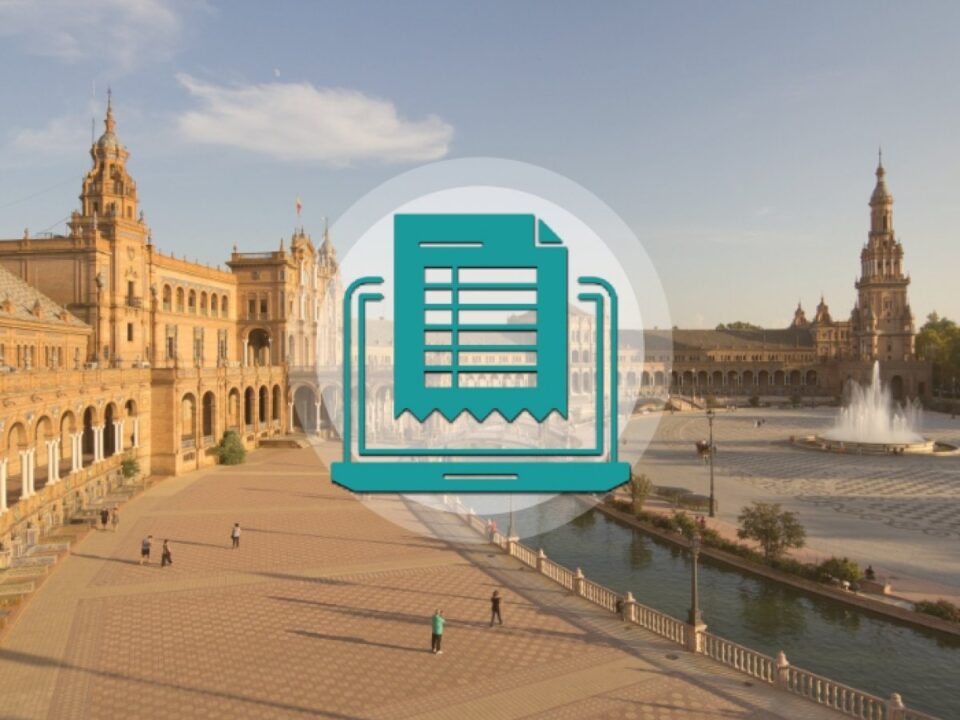
How Vendor Managed Inventory (VMI) Strengthens Supply Chain Resilience and Collaboration
To optimize inventory management, retailers and suppliers are increasingly turning to Vendor Managed Inventory (VMI) tools that transfer the responsibility…
Generix Ushers in a New Era of Intelligent Commerce for Retailers with AI-Driven Innovation Read the press release

Several years ago, Portugal began digitizing its administrative procedures. As early as 2014, the Portuguese tax and border authority required that companies declare their VAT online and that they transmit transport authorizations before moving merchandise. In 2019, the country took on electronic invoices in the public sphere to get up to standard with regulation opposable in all European Union countries.
Starting on April 18, 2019, Portuguese public administrations must be equipped with an information system able to receive electronic invoices. A one-year grace period was granted to local administrations, which must have a compliant system installed by April 2020.
Since then, public administration providers have been required to send their invoices in electronic format. Contrary to Italy or France where the dedicated platforms SDI and Chorus Pro were created, Portugal does not impose a particular solution for invoice transmission. A platform will be offered by the service entity and shared by the public administration eSPAP, but each administration will be able to freely choose its solution.
As per European regulation, invoices can be edited in EDI mode or signed electronically so that their origin and integrity can be verified. And although most invoices in the general public (B2C) are now usually in PDF format, B2B invoices are for the most part generated in EDI format. Use of the UBL 2.1 standard is recommended, but a number of proprietary XML and Edifact formats also exist.
In addition to the usual legal information (unique invoice identifier with transmission date, information on company and recipient, etc.), each invoice must have a specific VAT code associated with an electronic signature. After they are created, invoices may no longer be modified or deleted. Electronic invoices must be kept by the issuer and the receiver for a minimum of 10 years. Further reading: Factur-X, a new hybrid invoicing format
A certification process for electronic invoicing solutions is underway in Portugal. The GS1 workgroup Generix Group belongs to estimates that all market solutions should be certified by 2019. Although certification is not required, it does greatly increase the quality of electronic invoicing processes.
Spain is among the European nations that are furthest along in the electronic invoicing transition. And the country is pressing on, imposing e-invoicing for subcontractors and contractors in the public administration. It’s a first step towards generalized electronic invoicing that the Spanish government hopes to rapidly achieve.
Electronic invoicing became a requirement in Spain’s public sphere in January 2015, and today, it has become the norm throughout the country, both in the general administration and in autonomous communities with complete independence. For easier adoption, authorities chose to implement a common interface for invoices called FACE. The platform enables administrators to receive and handle electronic invoices in amounts greater than €5,000 in a format compliant with the specificities in public organizations. The format is called Facturae.
Service providers working with public organizations have needed to adapt to this new electronic invoicing format in order to make their invoices compliant with the XML structure indicated by the platform. The FACE system is a true revolution for the public sector, and is now used by around 8,000 public administrations, including nearly all autonomous communities in Spain and the country’s general administration.
As a continuation of FACE, Spain is extending its electronic administration procedures to companies in the private sector. Built on the same model as FACE, the FACeB2B platform aims to develop electronic invoicing at a worldwide level for all companies, whatever their sector of activity, size, or digitization level. Since July 1, 2018, FACeB2B has been required for subcontractors and contractors in public service and can be used free of charge by any company that wishes to electronically send invoices.
For further reading: Optimize e-invoicing with a collaborative portal
FACeB2B is a webservice platform to send, receive, and manage invoices in Facturae format. When sending invoices via FACeB2B, users can rely on the electronic invoicing services of a company like Generix Group.
To receive and handle invoices, it is, however, necessary to be registered in the business directory DIRe. After registration, each user is attributed a unique identifier, an alphanumeric code that must be present on all invoices before issuance.

To optimize inventory management, retailers and suppliers are increasingly turning to Vendor Managed Inventory (VMI) tools that transfer the responsibility…

In an ever-evolving logistics environment, agile and precise warehouse resource management is essential to remain competitive. With increasing volumes driven…

France’s electronic invoicing reform relies on a Y-architecture, where Partner Dematerialization Providers (PDPs) play a central role in issuing and…

Work with our team to build your ideal supply chain software stack and tailor it to your unique business needs.